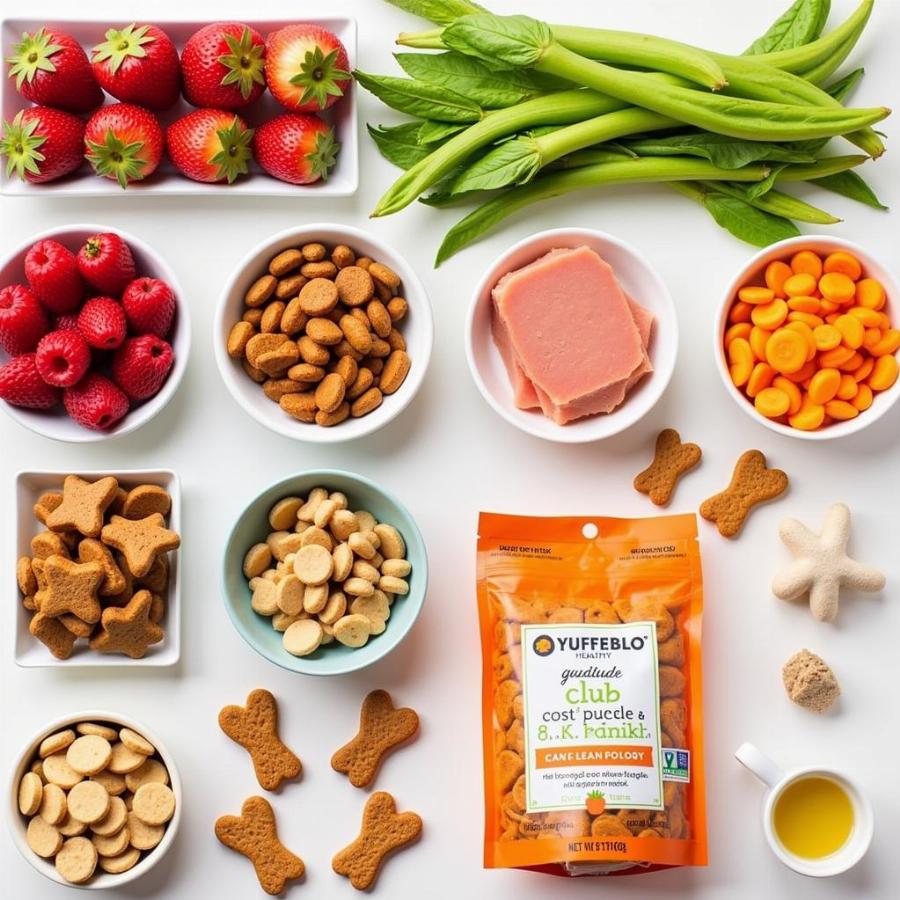T and L hot dogs might sound like a new designer breed, but if you’re a dog lover searching for information on feeding your furry friend hot dogs, you’ve landed in the right spot. While “T and L” isn’t a recognized term in the canine world, we at Beaut Dogs understand the importance of a balanced diet and will address the dos and don’ts of including hot dogs in your dog’s meals.
Let’s explore the potential risks and benefits of hot dogs for dogs, discuss healthier alternatives, and provide tips for safe canine snacking. We’ll also delve into the importance of a balanced diet for your beloved pet and how to choose the best food options.
Can Dogs Eat Hot Dogs? The Truth About This Popular Treat
While many dogs love hot dogs, they aren’t the healthiest option. Hot dogs are typically high in sodium, fat, and preservatives, which can lead to digestive upset, weight gain, and even pancreatitis in some dogs. Regularly feeding your dog hot dogs can also contribute to long-term health problems like heart disease.
However, offering a small piece of plain, cooked hot dog as an occasional treat is unlikely to cause significant harm. Remember, moderation is key!
Healthy Alternatives to T and L Hot Dogs
Instead of relying on processed treats like “t and l hot dogs”, which don’t actually exist as a specific product, consider healthier alternatives. There are plenty of dog-friendly treats available that are specifically formulated to provide nutritional benefits.
- Fresh fruits and vegetables: Carrots, apples (without seeds), and blueberries are great options.
- Lean protein: Small pieces of cooked chicken, turkey, or fish can be a healthy and delicious treat.
- Commercial dog treats: Look for options that are low in fat, sodium, and artificial ingredients.
 Các món ăn thay thế cho hot dog
Các món ăn thay thế cho hot dog
Hot Dog Safety Tips for Dog Owners
If you occasionally give your dog a hot dog, follow these safety guidelines:
- Cook it thoroughly: Never give your dog a raw hot dog.
- Serve in moderation: A small piece is enough.
- Avoid toppings: Condiments like ketchup and mustard can be harmful to dogs.
- Monitor your dog: Watch for any signs of digestive upset after feeding a hot dog.
Creating a Balanced Diet for Your Dog: Beyond Hot Dogs
A healthy diet is crucial for your dog’s overall well-being. Focus on providing a complete and balanced diet that meets their specific nutritional needs. Consult with your veterinarian to determine the best food options for your dog’s age, breed, and activity level.
Conclusion: Choosing the Right Cuisine for Your Canine Companion
While the term “t and l hot dogs” may not refer to a specific product, it highlights the importance of understanding what we feed our dogs. Hot dogs should only be given sparingly, if at all. Prioritize a balanced diet and choose healthy treats to keep your furry friend happy and healthy for years to come.
FAQ: Your Hot Dog and Dog Diet Questions Answered
- Can puppies eat hot dogs? No, puppies should not eat hot dogs due to their sensitive digestive systems.
- What should I do if my dog eats a whole hot dog? Monitor your dog for any signs of illness and contact your veterinarian if you notice any changes in their behavior or health.
- Are there any hot dogs specifically made for dogs? While some brands market “dog hot dogs,” they are often still high in sodium and fat.
- What are some other unhealthy foods for dogs? Chocolate, grapes, raisins, onions, and garlic are toxic to dogs.
- How can I tell if my dog has a food allergy? Common signs of food allergies include itching, skin irritation, vomiting, and diarrhea.
Further Reading
You might find these articles helpful:
Beaut Dogs is your trusted source for all things canine, providing comprehensive information about dog breeds, care, and nutrition. For personalized advice, contact us at Email: [email protected]. Beaut Dogs is committed to helping you provide the best possible care for your beloved pet.